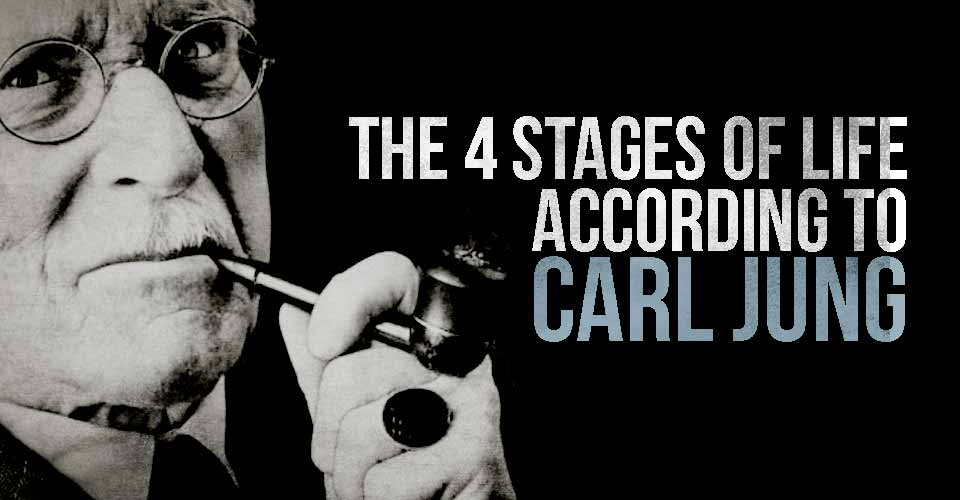8 Things You Should Never Believe About A Relationship

Maybe you were jaded; thinking that the world would be your fairy-tail filled oyster when you fell in love. To say that there aren’t plenty of amazing relationships out there would be a mistruth, but many are lead down the lane of love believing things about a relationship that for the most part, are simply not true. For that, we’ve come up with 8 things you shouldn’t believe to be true in relationships today:
1. Happy couples don’t fight
Conflict is perfectly natural in relationships; expressing anger with violence is not. Happy couples do argue but they have learned to express their feelings in a more productive way that works toward a solution.Compromise and collaboration are the tools that successful couples use to solve conflict. You can read more about how to communicate positively with your partner in this article.
2. You have more sex in a long term relationship
It is perfectly natural for couples to have sex less often the longer they are together. In a study of couples over the lifetime of their relationships, couples reported that sex did happen less often over time. Reasons given by the couples for having less sex include age, health problems and sex becoming a routine.In a successful relationship, partners have many ways to be intimate with each other and only one of those is having sex. If you are looking to increase intimacy in your relationship, you can read more about reigniting passion in your relationship here.
3. Having children is the death of passion in a relationship
Adding another small person to your couple doesn’t have to spell the end of your sex lives, but it won’t fix problems in your relationship either. Children can add great joy to relationships, but they also bring stress and added work.Expressing your fears to your partner about what changes you will experience with regard to your sex lives by having children. Take your role as a spouse just as seriously as you do being a parent. Make a plan with your partner and devote equal time and energy to sustaining an intimate connection as you do to raising a family.
4. If your partner really loved you, they would know how you feel
No one can read minds, although close partners do pick up on the facial expressions and body language of their other half and they know what they mean. You have to continue to communicate your feelings and desires to your partner throughout your relationship. Strong listening and effective communication skills are important throughout the lifetime of your relationship.5. If your partner isn’t jealous, it’s because they don’t care.
Jealousy as a healthy emotion is a relationship myth. Trusting partners don’t become jealous over their partner looking at or talking to other potential romantic partners.Instead, jealousy is often a sign of one partner’s insecurity over the stability of the relationship or their own self-esteem. Trust in relationships is key. Feeling secure in a couple means that you do not question your partner’s loyalty.
6. Happy couples don’t have to work at it
Happily ever after is definitely a relationship myth. Having a caring relationship means continuing to care for and nurture your partner as they do for you.To make sure that your partner is happy, you can do the relationship equivalent of asking your partner for a performance review. Ask what more you can do to help your partner to be fulfilled in the relationship.
When each half of the partnership is committed to working on being the best person that they can be for their partner, the relationship is in a state of continuous improvement.
7. If it’s not working, you can make your partner change
You will never be able to force someone to change. You can help shape behavior with rewarding language like ‘thank you’ when your partner does something that you like. You can tell your partner what you want them to do but you can’t make them do it.When it comes to major personality changes, your partner has to want to make a change. If your partner has a general negative outlook or is neurotic in some way, it is unlikely that you can undo these personality traits that were likely developed in childhood.
8. Happy couples don’t look for help outside of the relationship
Couples do seek counseling to work out their problems. Unfortunately, they get professional help when things have seriously deteriorated in their relationships.Licensed couple’s therapists offer premarital counseling to help partners iron out problems before they make the ultimate commitment. Seeking help early in relationships is best before problems become severe. If one of you has already given up on the relationship, it will be too late to fix it with the help of a counselor.
Internet article-author unknown














